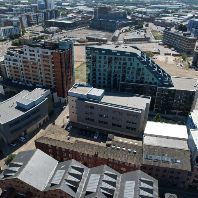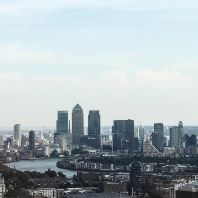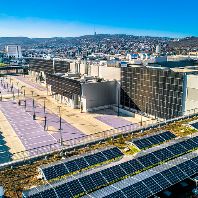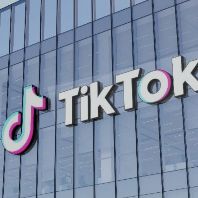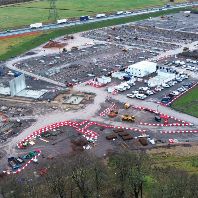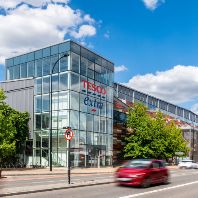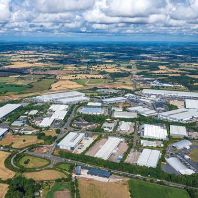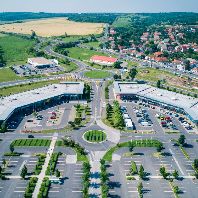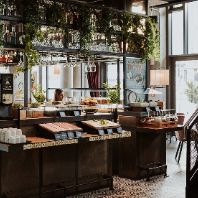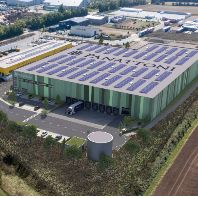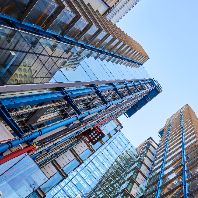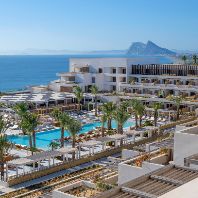Investors seem to be anticipating the growing demand for retail space now the economic situation in the Netherlands is improving. During the first half of 2015, according to the figures from CBRE, investment in retail property came to approximately €1.3 bln, an increase of some 61% on an annual basis. This means the volume of 2014 has already been exceeded.
Despite the economic improvement, the take-up volume is still declining. During the first half of 2015, 170,000 m² of retail space was rented, 22% less than during the same period of 2014.
The expansion trend among luxury retailers and discounters is currently continuing. Illustrative of this is luxury department store Gallery Haussmann coming to the Amsterdam Rokin and the opening of a new Primark store in Hilversum. Furthermore, the Retail Market View from CBRE shows that the demand for shops mainly focuses on the four largest cities in the country, of which Amsterdam is the most popular. Within these cities, demand is concentrated on the centres.
The strong increase in investment volume was mainly due to the portfolio sale of Klépierre to Wereldhave: the purchase price was €730 mln. Most of the properties sold during H1 2015 were shopping centres. This is also explained by the transaction identified above. In the same way that end users focus on the best locations, institutional and listed property funds focus on top properties, such as well-running large shopping centres and high street units in the larger shopping towns.
Opportunistic investors opt at relatively low purchase prices for value-add properties, which are properties that can be improved, for example, by attracting new tenants or by redevelopment. One example is the purchase of the Megastores in The Hague by CQS/Meijer Realty Partners.
As a result of the increased investor demand, the initial yield for prime property has sharpened. The difference between the initial yields of prime and secondary properties will thus continue. This suggests that investors are reluctant to take additional risk. For secondary properties, with little chance of capital appreciation or which do not meet the price perception, fewer buyers will appear. However, the interest of investors in prime property remains strong and this will translate into various retail property transactions. This means that the investment volume level will be retained.
Source: CBRE



